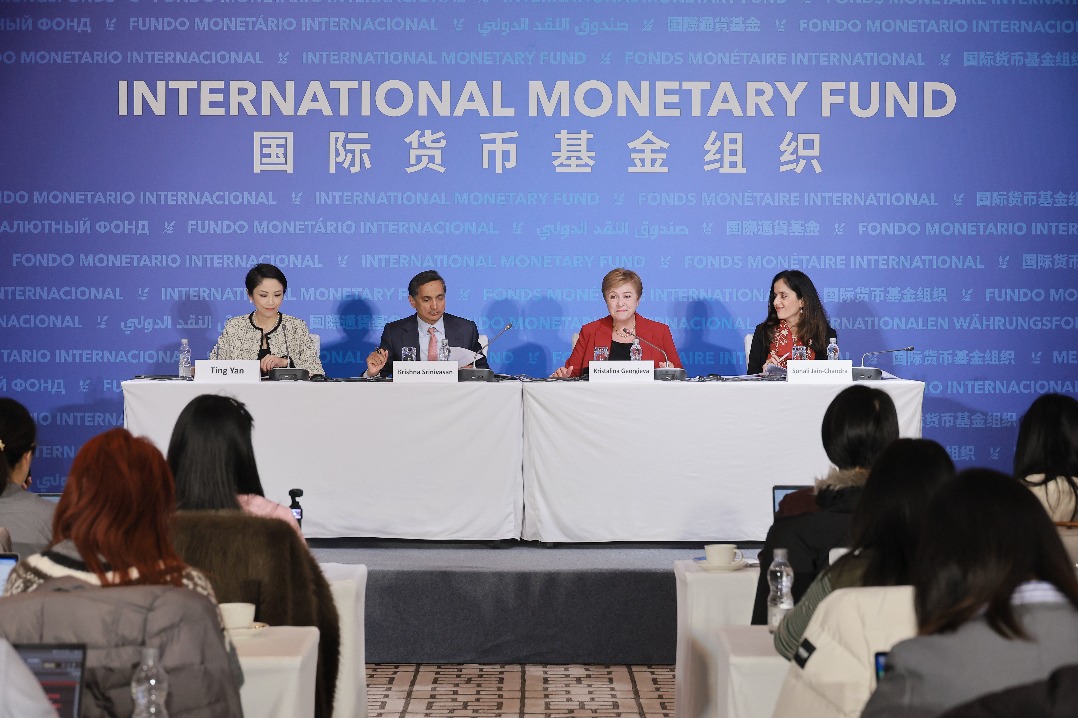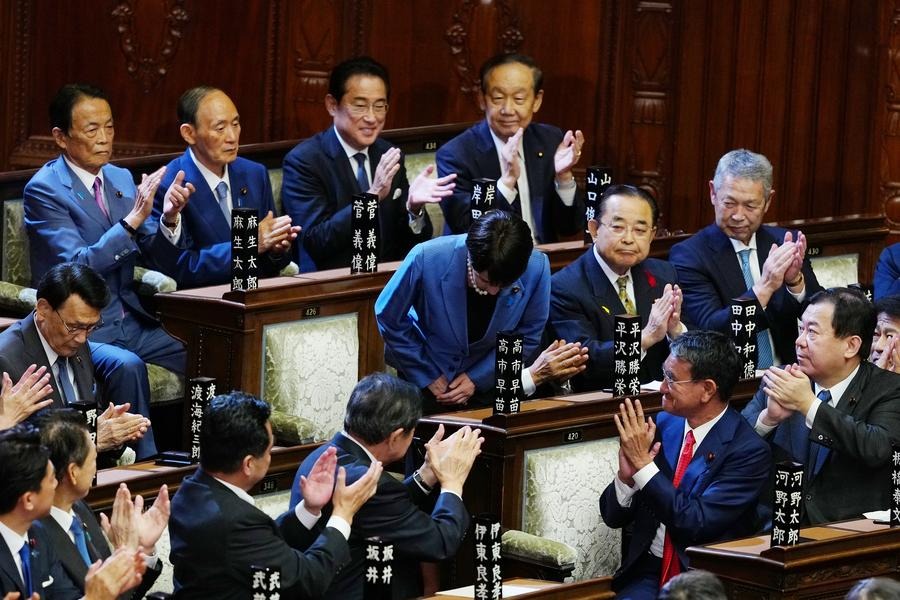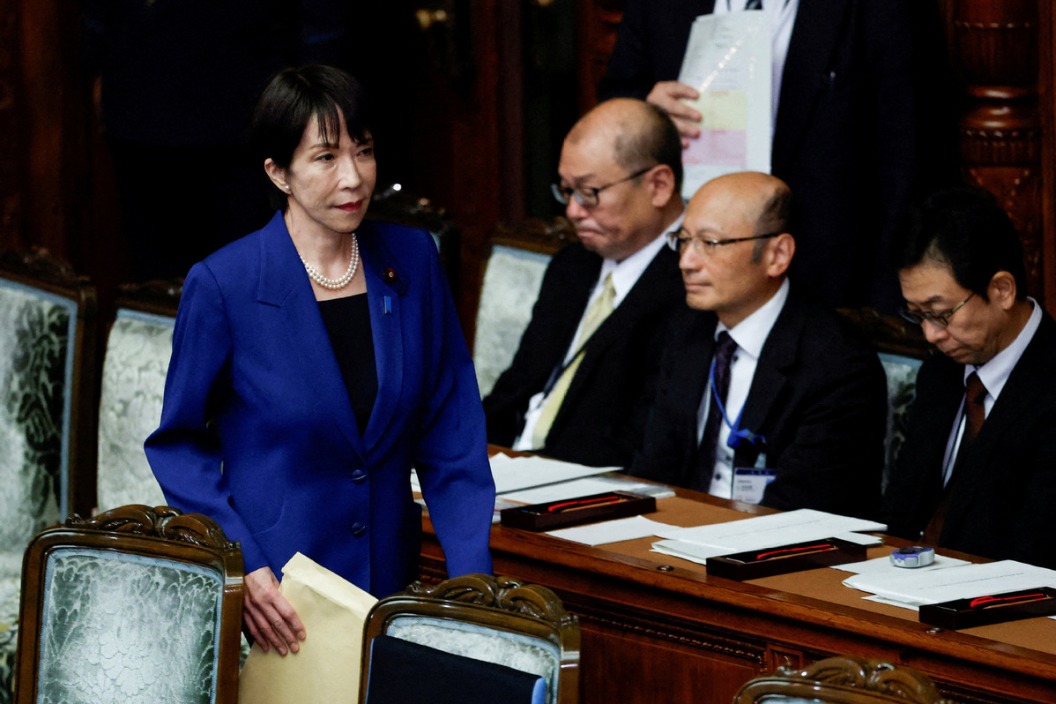AI influencing ties between China and US


As a core technology of the "Fourth Industrial Revolution", artificial intelligence (AI) has been playing a significant role in international relations. AI has altered the global political landscape by increasing power imbalances, developmental uncertainties and global inequities.
As the global hegemon, the United States has been using AI to its advantage, instead of global common good, and has adopted a multi-level, multi-actor, cross-sectoral and multidimensional geopolitical strategy. As such, China needs to leverage all its strengths to address the global political challenges and seize the opportunities created by AI.
AI exacerbates power imbalances when one country develops and uses AI to serve its own global political interests, prompting other countries to emulate it or catch up with it. As a country develops aggressive AI capabilities, it could become vulnerable in defense as other countries will imitate it. It will thus become both aggressor and defender, thereby altering the power balance. This is the paradox of investing substantial resources to accelerate the AI arms race while suffering from its adverse effects.
AI has created uncertainties for the international community, mainly pertaining to security, both internal and external security. It has also created uncertainties in technology and power. The uncertainties and risks of AI primarily include accidental capability issues where dangerous functions are unpredictable or go undetected. As a result, preventing AI's deployment for warfare becomes a challenge, and the rapid increase in AI models leads to accountability difficulties.
AI has widened global inequities, too, as developed countries continue to leverage advanced technologies to maintain their first-mover advantage. With the developed countries controlling core AI technologies, the global power disparity will further widen. For example, developed countries strive to maintain, if not monopolize, their advantages in key areas by intensifying research and development, yet they often shirk the corresponding responsibility of regulating the AI sector.
Moreover, some of the most advanced countries using AI for military applications have not joined the ranks of those calling for a ban on lethal autonomous weapons systems.
The US' current global AI strategy exhibits a multidimensional, multi-actor, cross-sectoral pattern. First, the US' AI strategy is layered, extending from the lowest to the highest level. At the lower level, the US aims to dominate the core production aspects of AI. At the mid-level, it has been developing AI for cognitive and counter-cognitive warfare. And at the highest level, it uses technological supremacy to maintain its hegemonic, aggressive position in the world.
Second, the US' AI strategy involves multiple actors, including countries, global alliances and transnational entities. At the national level, the US invests significant resources in the development of AI, and has been competing with China on a state-to-state basis.
When it comes to global alliances, the US uses AI to strengthen NATO's allied identity. At the transnational level, US high-tech giants and R&D institutions are helping Washington use transnational bodies to boost its national strength, capture global interests and reshape the power and interest structures between countries.
And third, the US' AI strategy is cross-sectoral, spanning security, production, financial and intellectual domains. Also, the US has been building up "structural power". A concept introduced by Susan Strange, a British pioneer of international political economy, "structural power" consists of four basic structures: security, production, finance and knowledge. These structures interact with each other, with each representing a source of power. The US is a leader and one of the biggest investors in all of the four structures.
On the other hand, China has become a pivotal player in the AI field, and has been addressing the challenges and seizing the opportunities AI has created. In response to the power imbalances exacerbated by AI, China has been developing AI to catch up with the US.
To address the uncertainties brought about by AI, China has been focusing on AI research and risk prevention. China's voluntary standards, an evolving system of technology ethics, third-party certification and localized actions, help minimize frontier AI risks. And almost one year ago, in June 2023, the State Council, China's Cabinet, announced in its annual legislature plan the intention to draft a national law on AI, covering all types of risk management.
In response to the inequalities created by AI, China has been engaging in global cooperation, promoting international collaboration in AI and advocating for inclusive development. Accordingly, in October 2023, China announced a global AI governance initiative, assuming a more proactive and assertive role in global governance, emphasizing the necessity of United Nations-led global governance and sharing AI achievements with developing countries.
In other words, since AI is changing the international political landscape and the US has adopted a global multidimensional, multi-actor, cross-sectoral AI strategy, China needs to actively and specifically respond to the emerging situation and address the challenges.
Hou Changkun is a Taiwan-based research fellow on political science, and Lan Shunzheng, a research fellow at the Charhar Institute and a member of the Chinese Institute of Command and Control.
The views don't necessarily reflect those of China Daily.
If you have a specific expertise, or would like to share your thought about our stories, then send us your writings at opinion@chinadaily.com.cn, and comment@chinadaily.com.cn.


































